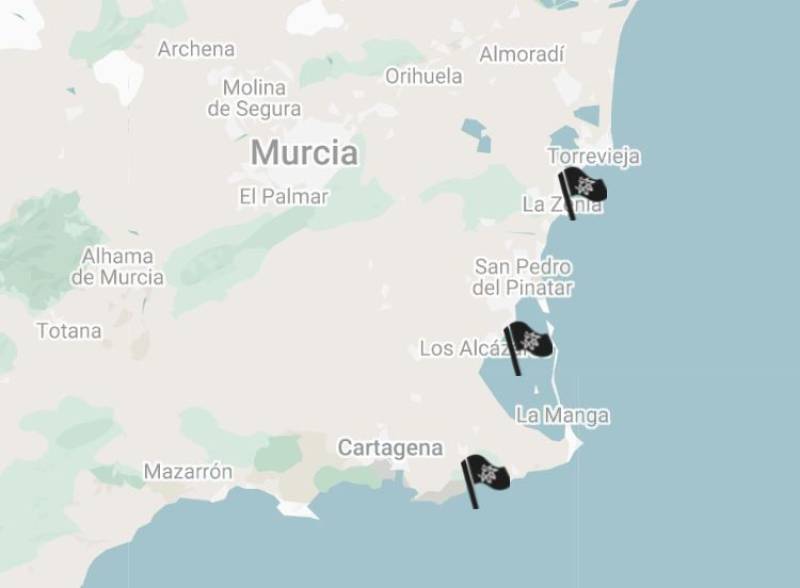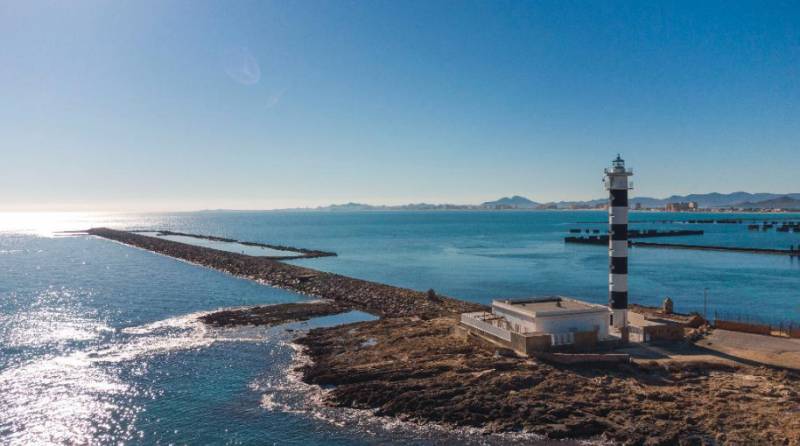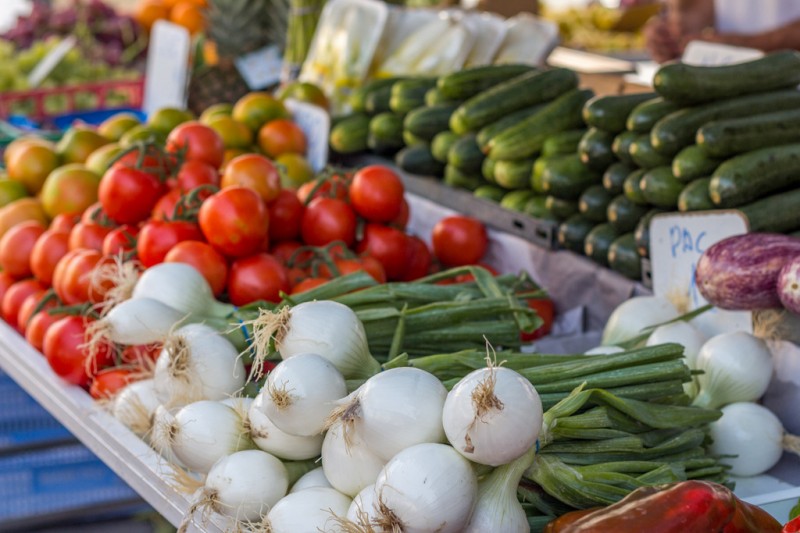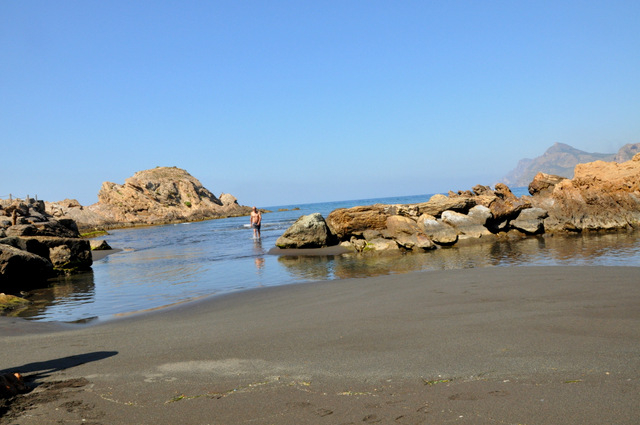- Region
- Águilas
- Alhama de Murcia
- Jumilla
- Lorca
- Los Alcázares
- Mazarrón
- San Javier
-
ALL AREAS & TOWNS
- AREAS
- SOUTH WEST
- MAR MENOR
- MURCIA CITY & CENTRAL
- NORTH & NORTH WEST
- TOWNS
- Abanilla
- Abarán
- Aguilas
- Alamillo
- Alcantarilla
- Aledo
- Alhama de Murcia
- Archena
- Balsicas
- Blanca
- Bolnuevo
- Bullas
- Cañadas del Romero
- Cabo de Palos
- Calasparra
- Camping Bolnuevo
- Campo De Ricote
- Camposol
- Canada De La Lena
- Caravaca de la Cruz
- Cartagena
- Cehegin
- Ceuti
- Cieza
- Condado de Alhama
- Corvera
- Costa Cálida
- Cuevas De Almanzora
- Cuevas de Reyllo
- El Carmoli
- El Mojon
- El Molino (Puerto Lumbreras)
- El Pareton / Cantareros
- El Raso
- El Valle Golf Resort
- Fortuna
- Fuente Alamo
- Hacienda del Alamo Golf Resort
- Hacienda Riquelme Golf Resort
- Isla Plana
- Islas Menores & Mar de Cristal
- Jumilla
- La Azohia
- La Charca
- La Manga Club
- La Manga del Mar Menor
- La Pinilla
- La Puebla
- La Torre
- La Torre Golf Resort
- La Unión
- Las Palas
- Las Ramblas
- Las Ramblas Golf
- Las Torres de Cotillas
- Leiva
- Librilla
- Lo Pagan
- Lo Santiago
- Lorca
- Lorquí
- Los Alcázares
- Los Balcones
- Los Belones
- Los Canovas
- Los Nietos
- Los Perez (Tallante)
- Los Urrutias
- Los Ventorrillos
- Mar De Cristal
- Mar Menor
- Mar Menor Golf Resort
- Mazarrón
- Mazarrón Country Club
- Molina de Segura
- Moratalla
- Mula
- Murcia City
- Murcia Property
- Pareton
- Peraleja Golf Resort
- Perin
- Pilar de la Horadada
- Pinar de Campoverde
- Pinoso
- Playa Honda
- Playa Honda / Playa Paraíso
- Pliego
- Portmán
- Pozo Estrecho
- Puerto de Mazarrón
- Puerto Lumbreras
- Puntas De Calnegre
- Region of Murcia
- Ricote
- Roda Golf Resort
- Roldan
- Roldan and Lo Ferro
- San Javier
- San Pedro del Pinatar
- Santiago de la Ribera
- Sierra Espuña
- Sucina
- Tallante
- Terrazas de la Torre Golf Resort
- Torre Pacheco
- Totana
- What's On Weekly Bulletin
- Yecla


- EDITIONS:
 Spanish News Today
Spanish News Today
 Alicante Today
Alicante Today
 Andalucia Today
Andalucia Today
article_detail
Lavadero Roberto in Portmán
A brooding monument to the industrial greed which destroyed the bay of Portmán
The Lavadero Roberto in the town of Portmán, on the coast of the municipality of La Unión, was a mineral extraction and washing facility which in its day was the largest of its kind in Europe. As such it is one of the most important monuments to the mining past of the area, but unfortunately is also largely responsible for the pollution and dumping which ultimately ruined the bay and robbed Portmán of its port.
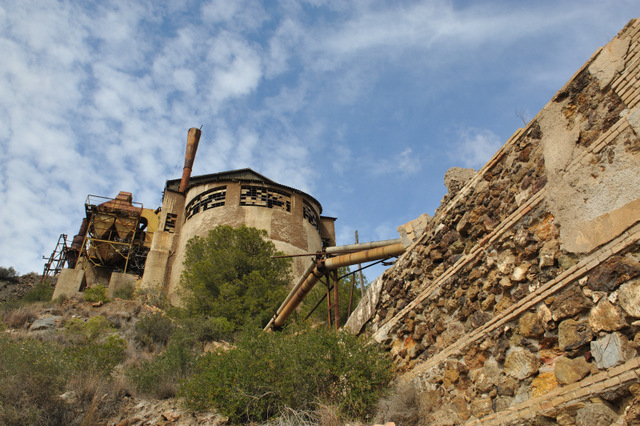
The plant came into operation in 1957 and was subsequently modified on various occasions, the most important innovation being the use of seawater in mineral washing: for this purpose a powerful water pump had to be set up on the beach itself.
The full operational capacity of the Lavadero Roberto was reached in 1966 when it was extended, and it was at this point that the dumping of waste materials and toxic substances into the bay of Portmán definitively got out of hand. Despite this, the deposits continued unabated until 1990, by which time one of the worst 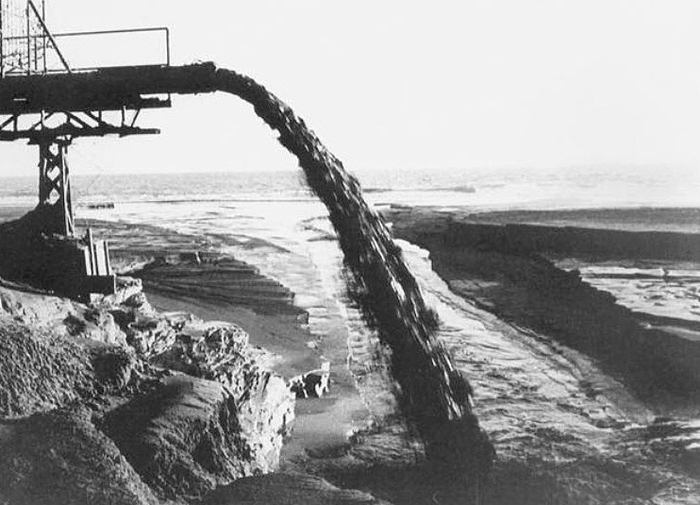 ecological disasters in Spain’s history had been completed.
ecological disasters in Spain’s history had been completed.
The plant consisted of four large warehouses, in the first of which the minerals were ground and transported into a sorting area, where any rocks which had not been sufficiently reduced in size were returned for further treatment.
In the second warehouse the minerals were treated with cyanide and xanthates in order to separate lead from other minerals, and similar processes then occurred using copper sulphate and xanthate to extract the zinc and pyrites.
The third warehouse is where the true ecological damage was done: from here the resulting sterile substances were pumped out into the bay. The fourth large area was where two large tanks stored the resulting lead and sphalerites, and from here the minerals were transported to the foundries.
Dumping into Portmán Bay began in 1957.
At first the amount of steriles dumped in the bay was reported to be approximately 3,000 tons per year. But by 1968 operations had escalated, and in the end estimates vary from 70 million to 315 million tons of waste effectively accumulating to form a huge and unwanted toxic landfill. Substances such as carbonates and sulphides of lead, zinc, iron, copper, nickel, arsenic, iron oxides, aluminum, zinc and calcium), and compounds used in the treatment of flotation (sodium cyanide, sulfuric acid, xanthates, copper sulphate, etc) 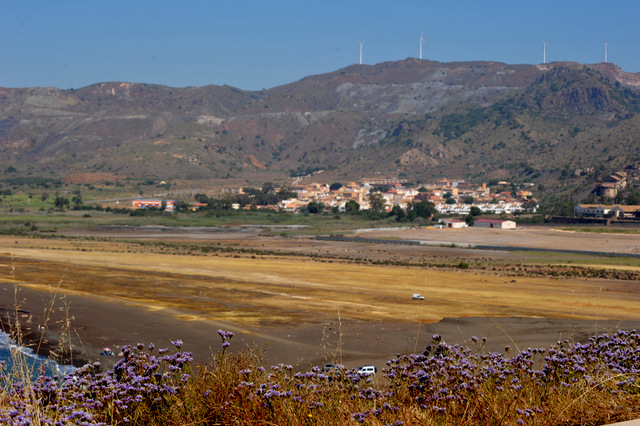 were piled unashamedly into the bay, leaving vast areas of the seafloor covered up to a depth of 150 metres in places.
were piled unashamedly into the bay, leaving vast areas of the seafloor covered up to a depth of 150 metres in places.
Originally, the waste was piled up in huge deposits at the foot of the quarries from which it was taken, but the problem was exacerbated by the flotation washing at the Lavadero Roberto. It was not economically viable to store the residues in pools or bury them, so the mining company Peñarroya sought permission to dump them in the Mediterranean. This permission was twice denied by the government in 1954 and 1957 due to the toxic nature of the substances involved and the effect they would have on fishing, but in January 1958 the government made an abrupt U-turn and allowed dumping to take place for a period of five years as long as it was done at least 400 metres from the coast.
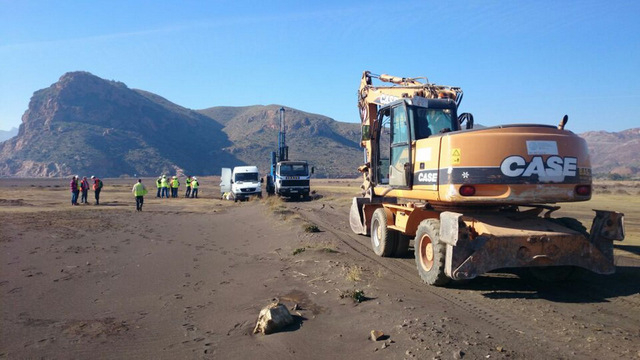 At the same time compensation was to be paid to fishermen, and a further condition was that dumping would cease if it was proven to be detrimental to the environment.
At the same time compensation was to be paid to fishermen, and a further condition was that dumping would cease if it was proven to be detrimental to the environment.
These conditions, unfortunately, were never enforced.
By 1961 the minimum distance from the shore was reduced to 250 metres, and by 1965 the effects were becoming visible to the naked eye. However, the authorities continued to take little notice, and attempts to force Peñarroya to dredge the bay and return it to its natural condition were half-hearted at best.
And the dumping continued.
As production from the mines increased, the company appears to have adopted the strategy of denying the importance of Portmán as a port, and some believe that a deal was done in 1967 with the Town Hall of Cartagena and the regional port authority to allow dumping to continue in return for Peñarroya providing the 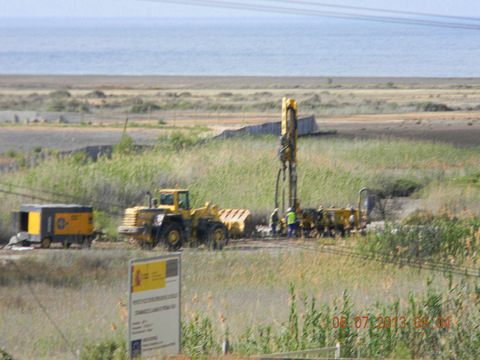 land and funding for a new port in Cabo de Palos.
land and funding for a new port in Cabo de Palos.
The residents of Portmán and the Town Hall of La Unión protested, but to no avail, and by 1969 all restrictions on the dumping of steriles in the bay of Portmán were lifted by the national government. In the eyes of many this makes the Ministry of Public Works an accessory to the crime.
Still the Town Hall of La Unión attempted to halt the contamination of the bay, but a Supreme Court decision in December 1971 ruled in favour of Peñarroya, and from that point on dumping was continuous and unlimited.
Even the advent of democracy in Spain failed to have any effect on the systematic destruction of the bay, and astonishingly in 1978 permission was granted for the volume of deposits being made to be increased. Astonishingly because by then the toxicity of the waste was known, as a high concentration of heavy metals such as cadmium and lead was allied to the toxic substances used in the Lavadero, such as copper sulphate, sulphuric acid and sodium cyanide.
Equally astonishing is the fact that many sources refer to the situation in Portmán as a “natural disaster”. Seldom can a disaster have been so obviously the work of man, especially given that those who polluted the 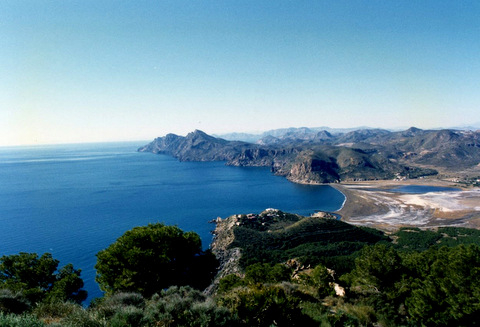 area did so in full knowledge of the effects their profiteering would have.
area did so in full knowledge of the effects their profiteering would have.
In 1980 Greenpeace joined the protests, but by then, in reality, it was too late. The bay of Portmán had been lost, and as the productivity of the mines dwindled Peñarroya was already looking for a way out. This they found in 1988, when all the assets of the company were transferred to Portmán Golf and production ceased.
Nowadays the Lavadero Roberto is the largest building in the town of Portmán, a dark and dilapidated reminder of the industrial processes which led to the bay of Portmán being in the condition in which it finds itself thirty years after the last mine closed down.
The building is on the right hand side of the main road as it leaves Portmán towards Atamaría and La Manga Club, before the turnings which lead to the beach and the gun battery of Monte de Cenizas.
article_detail
Contact Murcia Today: Editorial 000 000 000 /
Office 000 000 000

